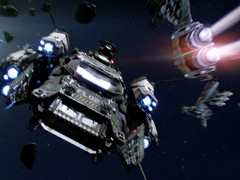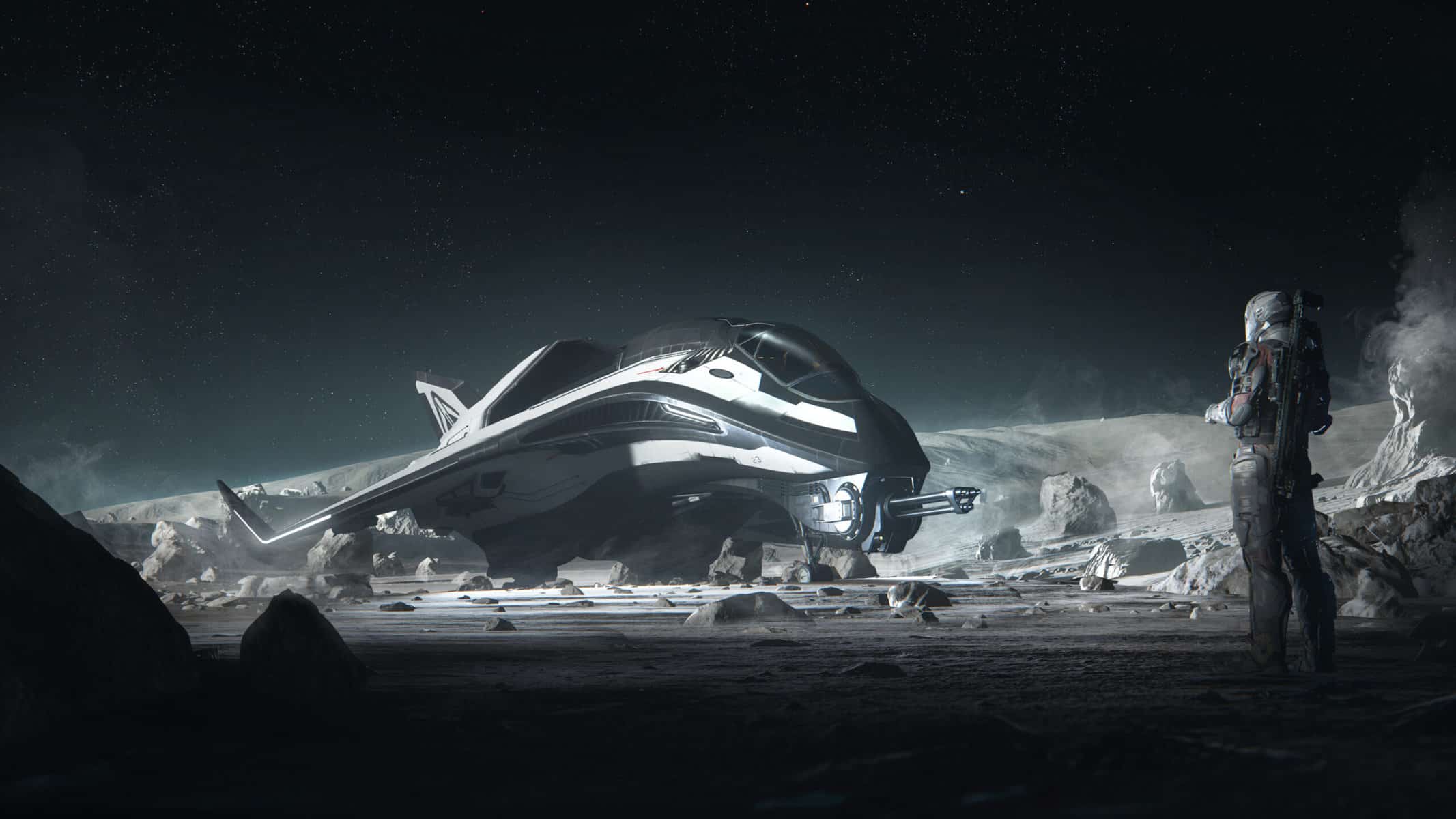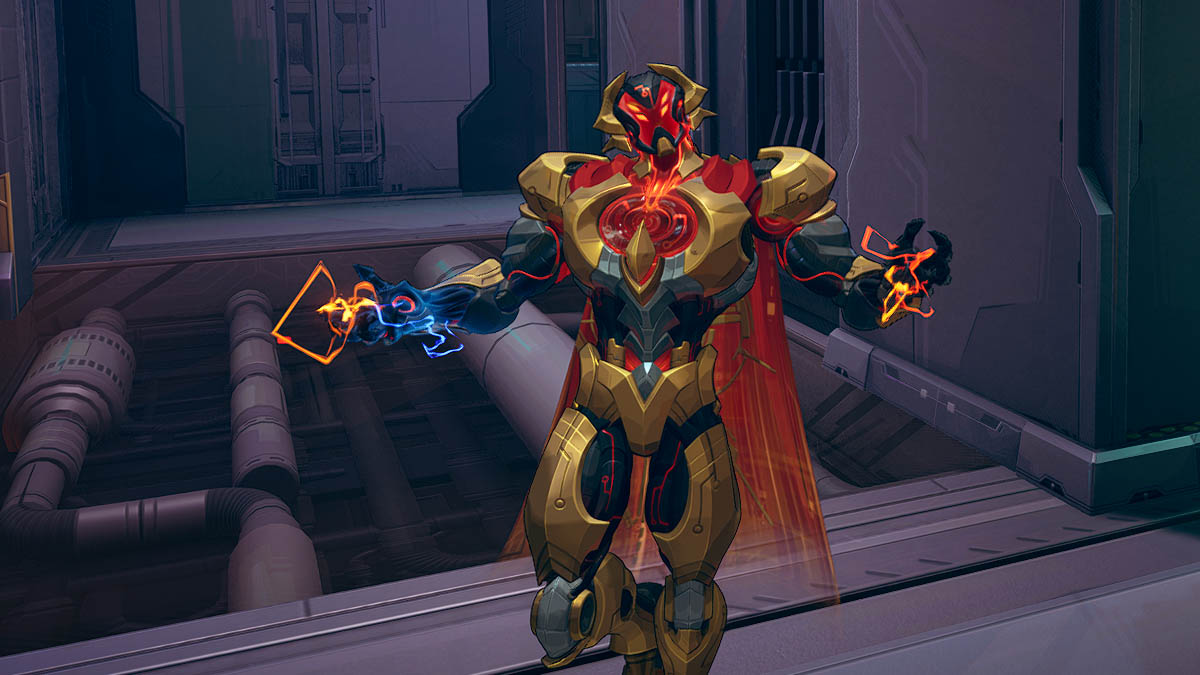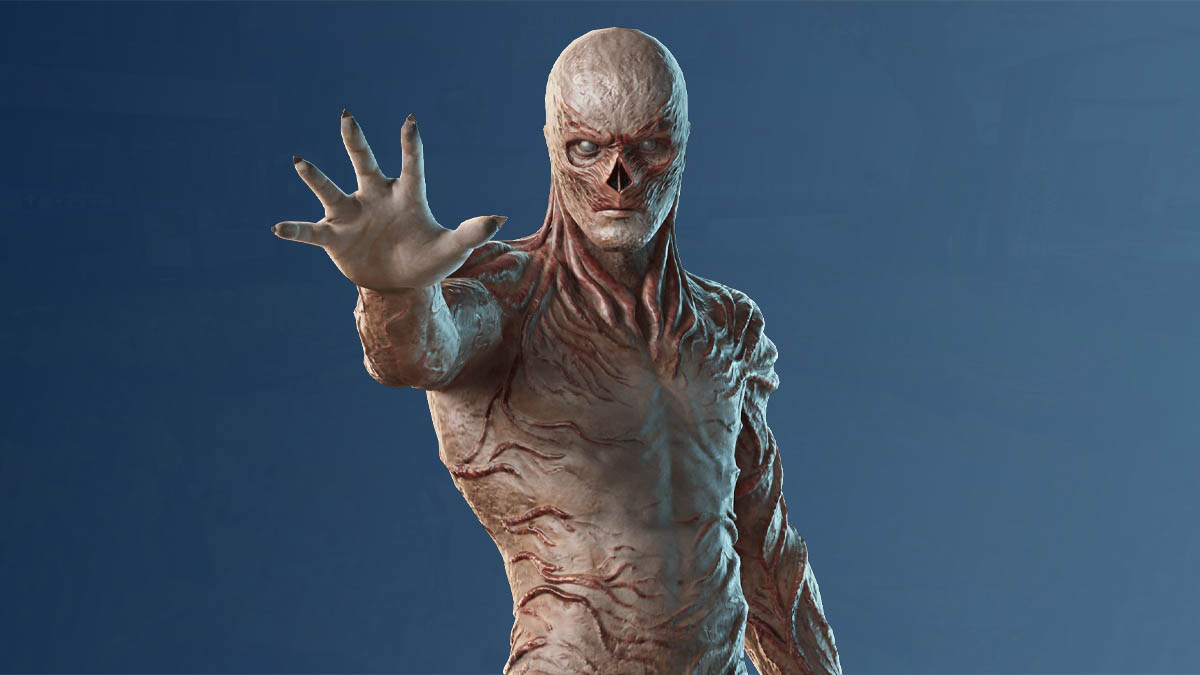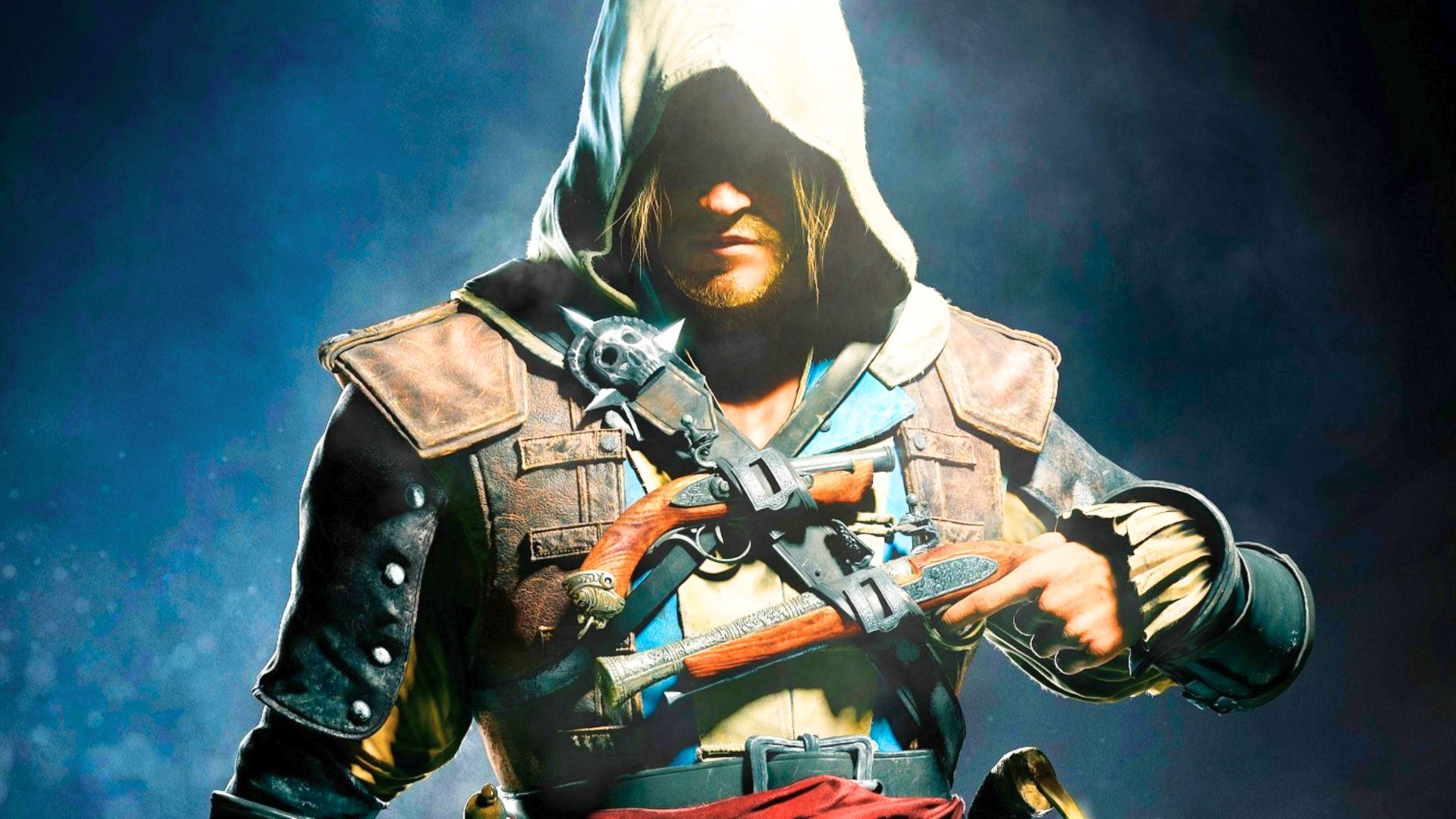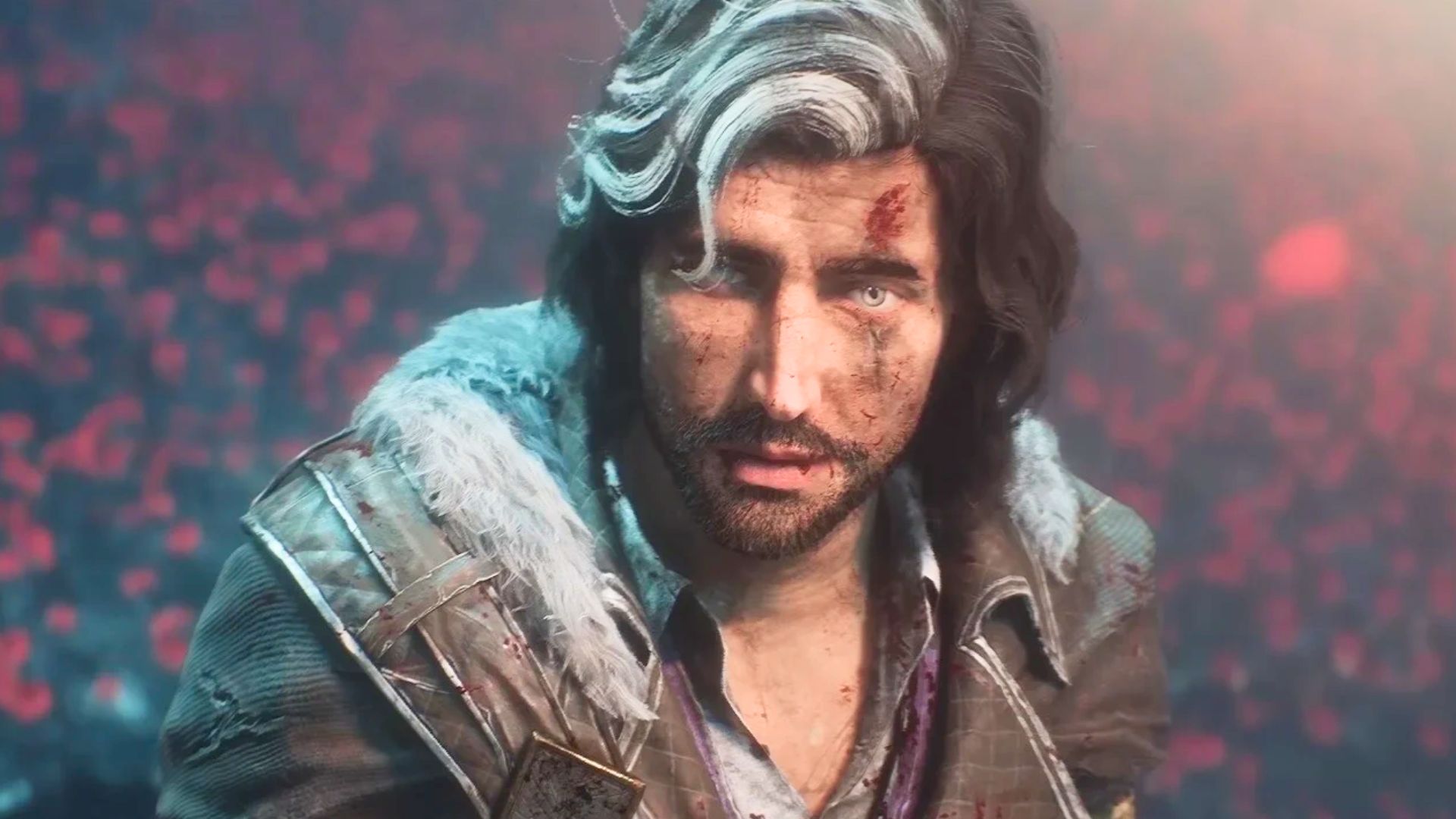You can trust VideoGamer. Our team of gaming experts spend hours testing and reviewing the latest games, to ensure you're reading the most comprehensive guide possible. Rest assured, all imagery and advice is unique and original. Check out how we test and review games here
Following a ten-year break, Wing Commander creator Chris Roberts is returning to the games industry to develop Star Citizen, a crowd-funded open-world space simulator that he’s “always wanted to make”.
Developed by Roberts’ new studio Cloud Imperium Games, Star Citizen is built around a persistent online intergalactic universe inspired by Roberts’ previous space games Privateer and Freelancer, where players can choose to play as a range of character types, including a merchant, a space pirate, a bounty hunter, or an explorer.
Players can choose to explore the depths of space, discovering new star systems and locations, or join the military to fight against ‘barbaric’ alien races, in a futuristic universe inspired by the “rise and fall of the Roman Empire”.
“The universe in this new world is inspired by the climb and fall of the Roman Empire but set far in the future, like 2942, and instead of the Roman Empire it’s the Empire of Earth,” Roberts tells VideoGamer.com. “It has the same things; there’s an eastern and western side of the empire and there’s a bit of a schism between them for various geopolitical reasons.”
Roberts claims that the game has a “heavy emphasis on co-op and multiplayer”, and that players can “can go where [they] want and do the things that [they] want to do,” anywhere within the continually-evolving open world galaxy.
“It’s what I wanted to do with Freelancer,” Roberts continues. “When I was originally pitching Freelancer back when we unveiled it in ’99, the vision was this massive universe, and the game turned out pretty well, but it wasn’t the game that I was envisioning at the time. I left before it finished, which was one of the reasons, but also Microsoft wanted to get it out so they didn’t quite have the same, I guess enthusiasm, for the big vision. So I want to deliver on that because it’s something that I believe in.”
Star Citizen will also integrate a live economy, where players can sell items to other players, including details of the locations of new star systems, and custom-created ships.
“People design space ships and if they’re cool enough, we’ll bring them in and let them be sold [via] ship dealers in the universe,” Roberts adds. “It’ll be a bit like the App Store where we’ll take their cut and they can make their own money making some cool ships.”
The game, which is built on a “heavily-modified version” of CryEngine 3, will follow a similar development model to Minecraft, rolling out to backers in an alpha/beta state, and focusing on regular micro-updates post-release.
“The focus is on micro-updates, not on big once a year updates that you see on World of Warcraft or EVE Online,” Roberts continues.
“It’s constantly adding a little star system here or adding a four or five mission story in this part of the universe. The idea is that we’re going to riff off what’s happening within the universe. We have tools where we can bring this stuff in live, and that’s all partly to make the player feel like the galaxy is responding to them; that it’s a living and breathing entity.”
Players may not be immediately aware of the new content, however.
“We’re not actually going to tell anyone a star system has been created,” Roberts adds. “The very first time a jump point is discovered, some people may want to be explorers and you find this galactic anomaly near a star and you explore it and realise it’s a jump point. If you navigate it for the first time and make it out to the other side, the nav computer’s recorded your moves and you can sell those back for a lot of money, and then everybody else gets the nav data.”
Players will also get the opportunity to become part of the universe by naming locations in the game world.
“The cool thing is, if you’re the first guy to discover it and navigated the jump point, you get to name the star system and the jump point, so you become part of the universe,” Roberts adds.
But that’s only one side of Star Citizen.
“Inside that overall world there is essentially a Wing Commander game which we’re calling Squadron 42,” Roberts adds.
Squadron 42 is a single-player campaign that sees players sign up to the military, and fight against the Empire’s alien enemies on the western front.
“Essentially what I’m coming back and saying I’m going to make is, I’m making my super dream game that I always wanted to make, which is basically taking Privateer, Freelancer and Wing Commander and rolling it all into one big persistent universe,” he continues.
“When I took a break from the industry a while ago, I was burned out on the industry and wanted to take a break, but it didn’t mean that I stopped playing games.
“One of the big reasons I’m coming back is because I got to the point where I was playing and feeling like, okay, I’m not seeing this kind of game and I want to make a game. I’ve never made anything because I’d make lots of money doing this, or it sells a million, two million units.
“I’ve genuinely always made games that I wanted to play. Wing Commander was pretty much because I was an eight year old kid watching Star Wars for the first time. I wanted to be that pilot saving the galaxy; not necessarily watching it but being it.
“So that’s why I built Wing Commander because there wasn’t a game that did that. Most of my games have been motivated by that, so I’m back at the stage where I feel like the technology has moved along so much now that I can visualise the fidelity that I always dreamed I could.”
And Roberts certainly hopes to take advantage of the latest technology here.
According to Roberts, Star Citizen has “10x the level of fidelity and detail that you have on current-gen consoles…
“The level of detail the whole thing is built and rendered at is a ridiculous amount. The carrier is like 1km long… I think the interior of the flight deck is like 2 million polys. “
A release date for the game has yet to be announced, but Roberts says that his team has already spent a year developing it “to show what the vision is going to be”.
“There’s a big chunk of private-backing, but as part of that we need to raise between $2 million and $4 million dollars on the crowd-funding side. If you believe in high-end PC, if you want to see space stuff come back, I need a small number of volunteers to put their money down ahead of time, be part of the early alpha/beta stuff and we’ll finish this off great.”
Players can sign up and back Star Citizen via the game’s official website, head through to our gallery for the first screens, or watch the debut trailer.
